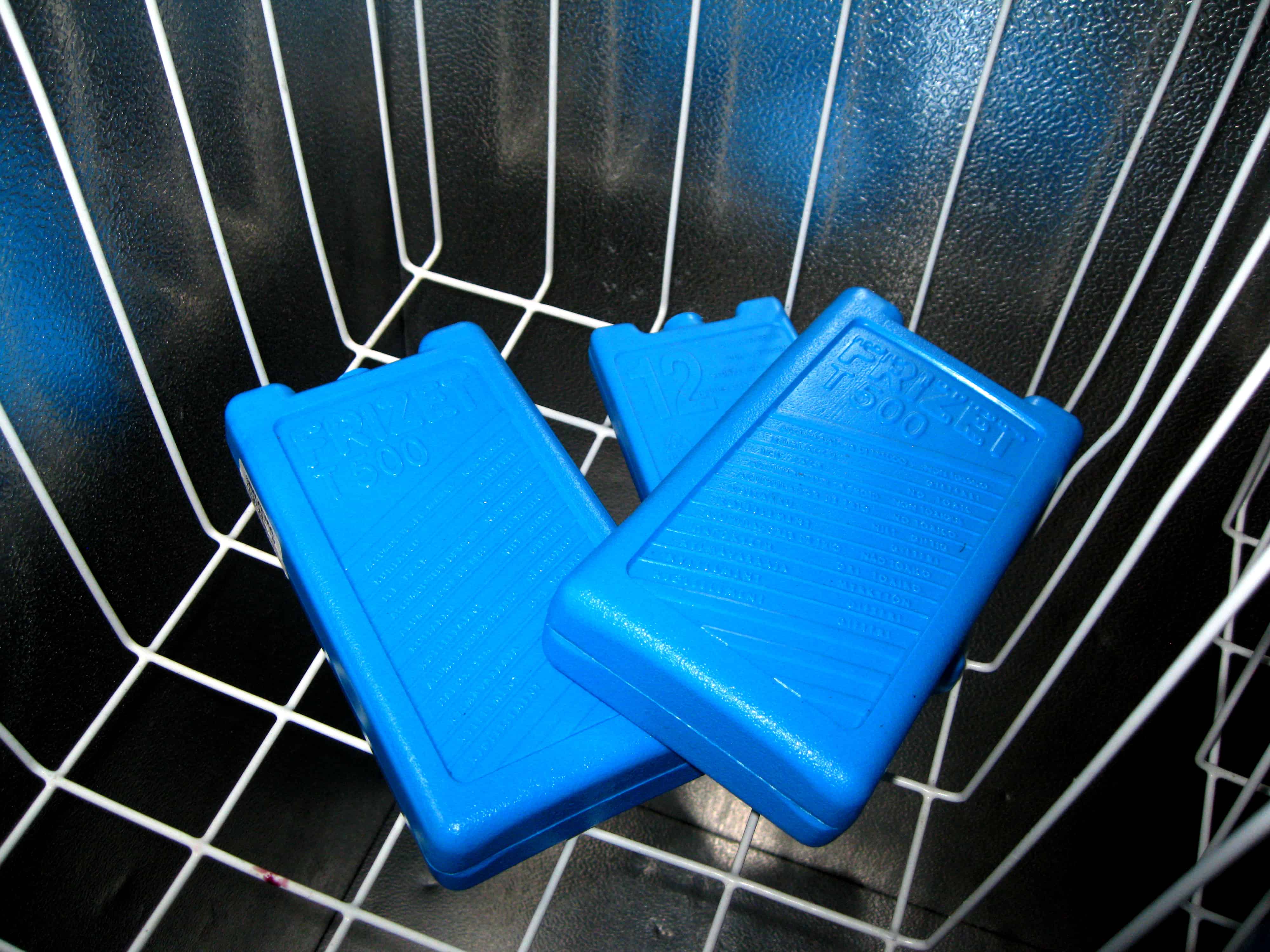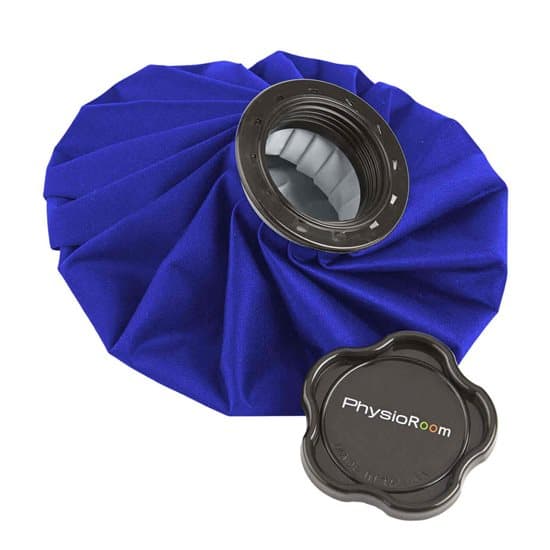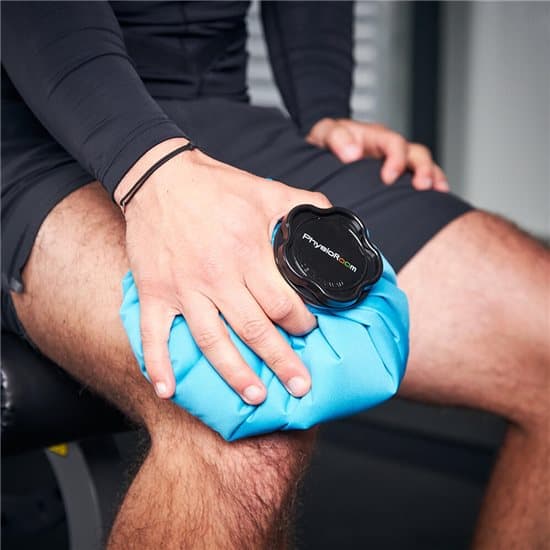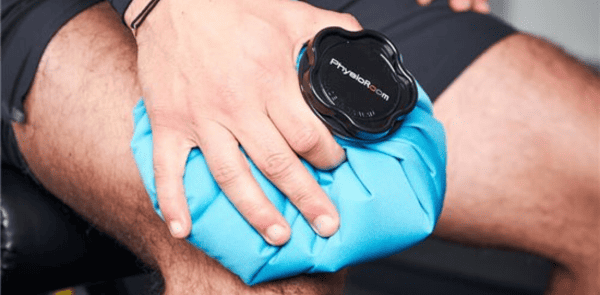Injuries are an unfortunate part of life. But how we deal with them can significantly affect our recovery process. Fortunately, there’s a simple and effective way to help ease pain and aid in healing: the trusty ice pack.
Used for generations, ice packs for injuries are a time-tested remedy to reduce:
- swelling
- inflammation
- discomfort
However, like any hot & cold therapy, proper usage of ice packs is essential. In this guide, we’ll walk you through the ins and outs of using one. Read on to learn the proper application techniques!
The Role of Ice Packs
 (Image Credit: Wikimedia Commons)
(Image Credit: Wikimedia Commons)
When it comes to injuries, sports ice packs have long been a go-to remedy for good reason. Understanding how they work can make a significant difference in your recovery process.
Ice packs function on the principle of cold therapy, also known as cryotherapy. When applied to the injured area, the cooling effect constricts the blood vessels. It reduces blood flow and limits swelling. Overall, this vasoconstriction helps alleviate pain and inflammation, providing much-needed relief. What’s more, the cooling effect of ice numbs nerve endings. In return, it further diminishes discomfort and discomfort.
Physiologically, the application of ice modulates the body’s inflammatory response. It reduces the production of inflammatory molecules, thus promoting faster healing. This makes ice packs particularly effective in the immediate aftermath of an injury.
But improper usage of ice packs can lead to adverse effects such as frostbite or tissue damage. Following proper guidelines is crucial to ensure safe and effective use.
Choosing the Right Ice Pack
A variety of ice packs cater to different needs and preferences. Understanding the types can help you make an informed decision.
Gel packs
These ice packs contain a gel-like substance that stays cold for an extended period. They are easy to mould around the injured area, providing targeted relief. Plus, they are reusable after being stored in the freezer.
Instant ice packs
Ideal for immediate relief, these packs don’t require freezing beforehand. They contain two separate chemicals that, when combined, create an instant cooling reaction. While convenient, they are for one-time use only.
Reusable ice packs
These packs are filled with a gel or liquid that can be frozen and reused multiple times. They come in various shapes and sizes, making them suitable for various injuries.
Diy approach

Consider investing in a reusable ice bag for cost-effectiveness and the do-it-yourself method. Its reusability allows for long-term use and reduces the need for single-use alternatives.
You can easily fill the bag with ice at home or on the go. With proper precautions, apply it directly to the injured area. Top tip: Avoid direct contact with the skin, such as with a towel, to prevent frostbite.
Preparing to Use an Ice Pack
Before applying an ice pack, certain preparations ensure safe and effective treatment. First, clean the injured area gently to remove any dirt or debris, reducing the risk of infection.
Next, to protect the skin from direct contact with the ice, always wrap the ice pack in thin clothing or a towel. This prevents frostbite or skin damage caused by extreme cold.
As for the duration of each session, aim for approximately 15 to 20 minutes of ice application. Longer durations may lead to tissue damage. Meanwhile, shorter periods might not provide the desired therapeutic effects. Allow the skin to warm up for at least 45 minutes before reapplying the ice pack to avoid any adverse reactions.
Applying the Ice Pack

Properly applying an ice pack to an injury involves these step-by-step instructions:
- Prepare the area: Clean the injured site gently to remove dirt or debris.
- Wrap the ice pack: Place a thin cloth or towel around the ice bag. This will act as a barrier between the cold surface and your skin.
- Apply the ice pack: Gently place the wrapped ice pack on the injured area, e.g., on an overstretched knee.
- Time it right: Keep the ice pack on for 15 to 20 minutes. Avoid exceeding this duration to prevent potential skin damage.
Tips for comfort during the icing process:
- Having a thin cloth between the ice pack and the skin prevents discomfort from extreme cold.
- If the ice pack feels too intense, lightly adjust its position or add a cloth layer to regulate the pressure.
Recommended frequency of ice pack application:
- Acute injuries (e.g., sprained finger ): Apply ice every 1 to 2 hours during the first 24 to 48 hours after the injury.
- Chronic injuries (e.g., overuse injuries): Apply ice 3 to 4 times a day or as needed.
Remember, using ice packs correctly ensures optimal benefits and a smooth recovery process.
Round-up
Using an ice pack with injuries can be a game-changer on your road to recovery. The cold therapy provided by ice packs helps reduce swelling, inflammation, and pain. Remember to choose the right type of ice pack for your needs and apply it correctly. Also, stick to the recommended icing duration and frequency for the best results.Discover a fantastic array of hot & cold therapy essentials at Physioroom! Our ice and heat packs are perfect for injury treatment. Explore our cryotherapy home kit products, designed to aid rehab and recovery. Delve into our guide on how ice therapy works to better understand its benefits!


